All products featured are independently chosen by us. However, SoundGuys may receive a commission on orders placed through its retail links. See our ethics statement.
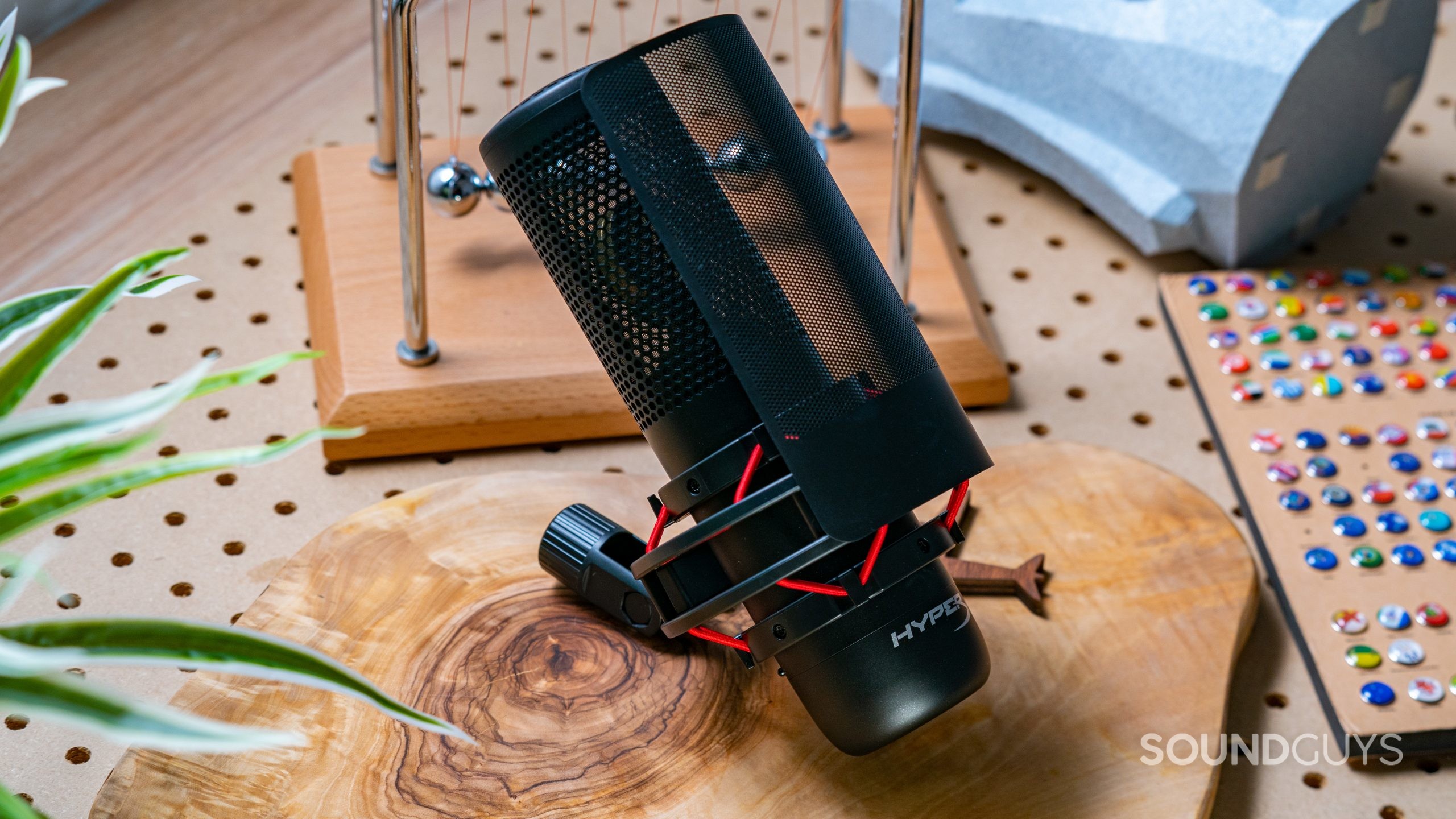
HyperX ProCast review
Published onNovember 16, 2022
HyperX ProCast
The HyperX ProCast microphone is HyperX’s entry into the newest wave of prosumer XLR microphones. Unlike other microphones this one eschews expansive features and other gimmicks to focus entirely on sound and build quality. It’s up against established microphones from the likes of Audio-Technica and Rode, but can it compete?
Editor’s note: this is the first version of the article. Updates will follow as the market changes.
The HyperX ProCast is targeted pretty squarely at the prosumer market. HyperX’s usual focus on gaming products means that this microphone may be attractive to gamers, but nothing about the design or build of this microphone really reflects it being a gaming product. It’s a basic microphone that suits anyone with an audio interface and the right budget.
What’s it like to use the HyperX ProCast?
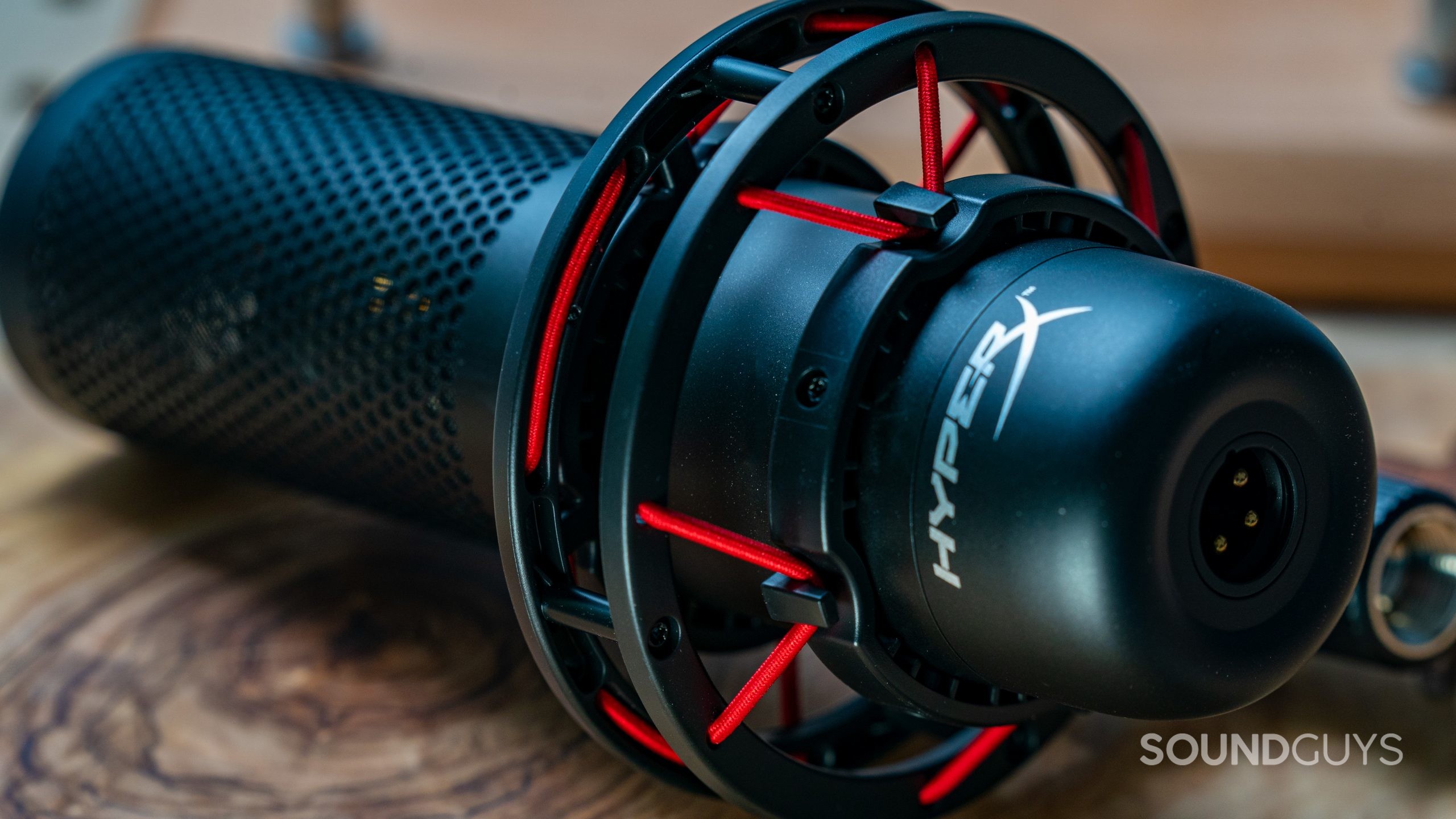
The HyperX ProCast is a really well built microphone, most clearly designed for single source voice applications like podcasting and streaming. It has a sturdy metal frame, and comes with an elastic-suspended shock mount for reducing vibrations, which needs a microphone stand (not included). It’s designed for on any common microphone stand, and compatible with the standard 5/8-inch and 3/8-inch screw sizes. It also comes with a detachable metal plate designed to serve as a pop filter, though it lacks any actual foam or other material that might handle this task better. Overall it’s a hefty and substantial microphone, and the price reflects that—it’s at least on par with something like the AT2020, but with an included suspension mount.
The HyperX ProCast is pretty clearly aimed at the same market as other mid-to-high end XLR microphones meant for streaming or podcasting. This includes premium options such as the Shure SM7B. The HyperX ProCast does certainly earn its price tag in terms of build quality, but it may have a hard time competing against the other microphones in this category that justify their price tag just as much through prestige and familiarity for sound engineers as they do through build quality.
How do you control the HyperX ProCast?
The HyperX ProCast is sparse when it comes to controls. Since it’s an XLR microphone it has no way to communicate via software with your computer. There are two controls on the unit itself: a pair of DIP-like switches close to the output. There’s a low cut switch to remove some of the lowest frequencies from the signal, as well as a -10dB pad designed to lower the signal by 10dB. These features are adequate, but the lack of options for different pickup patterns or any other controls limit the ProCast’s versatility. You won’t be able to swap between polar patterns like with the HyperX QuadCast S.
How does the HyperX ProCast connect?
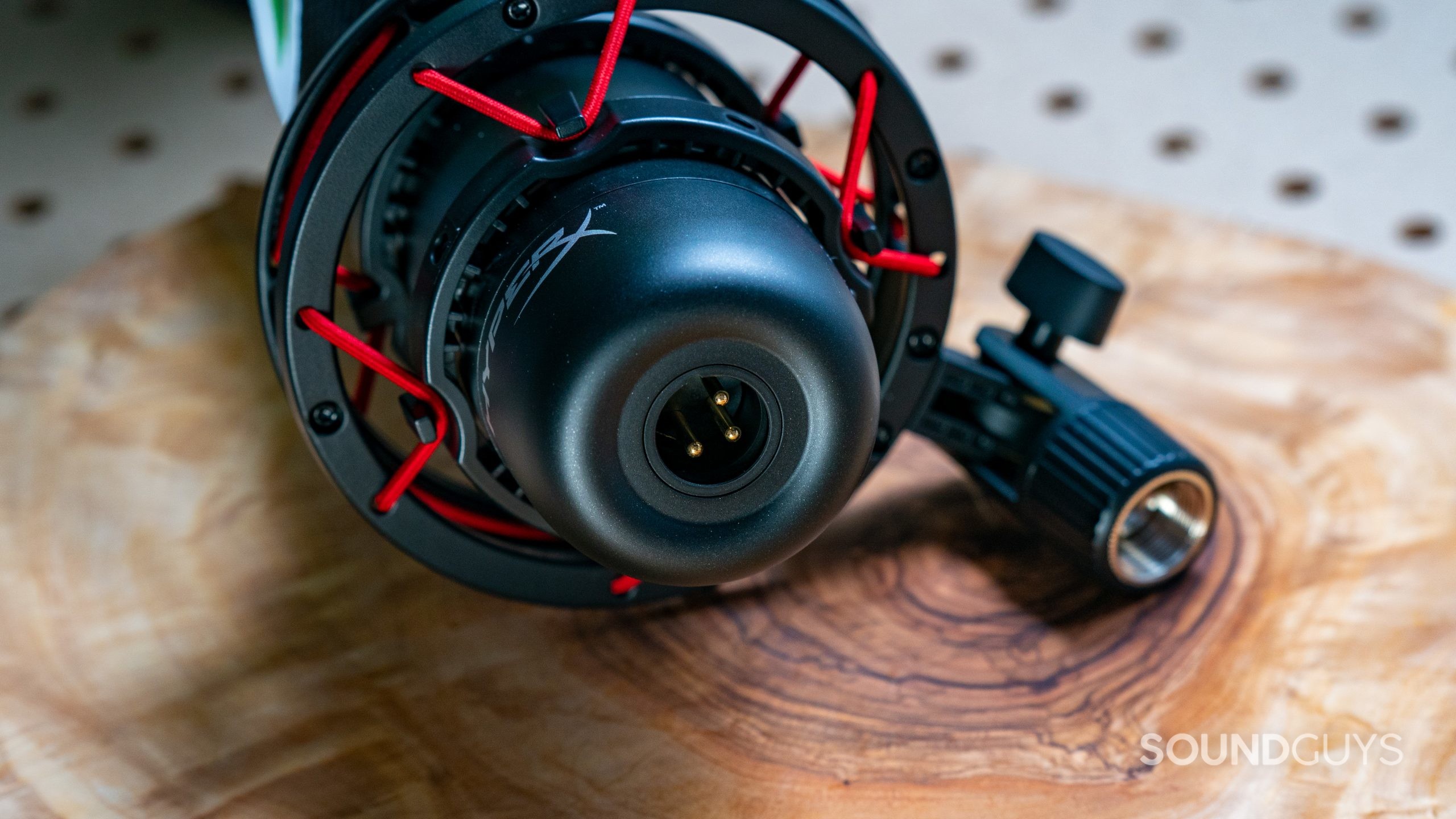
The HyperX ProCast connects using a single XLR cable and nothing else. This means that if you’re using this microphone with your computer you’re going to need an external audio interface to go along with it. It does not have any option to connect over USB.
Yes, the HyperX ProCast requires 48V phantom power, which most audio interfaces can provide over the XLR cable.
How does the HyperX ProCast sound?
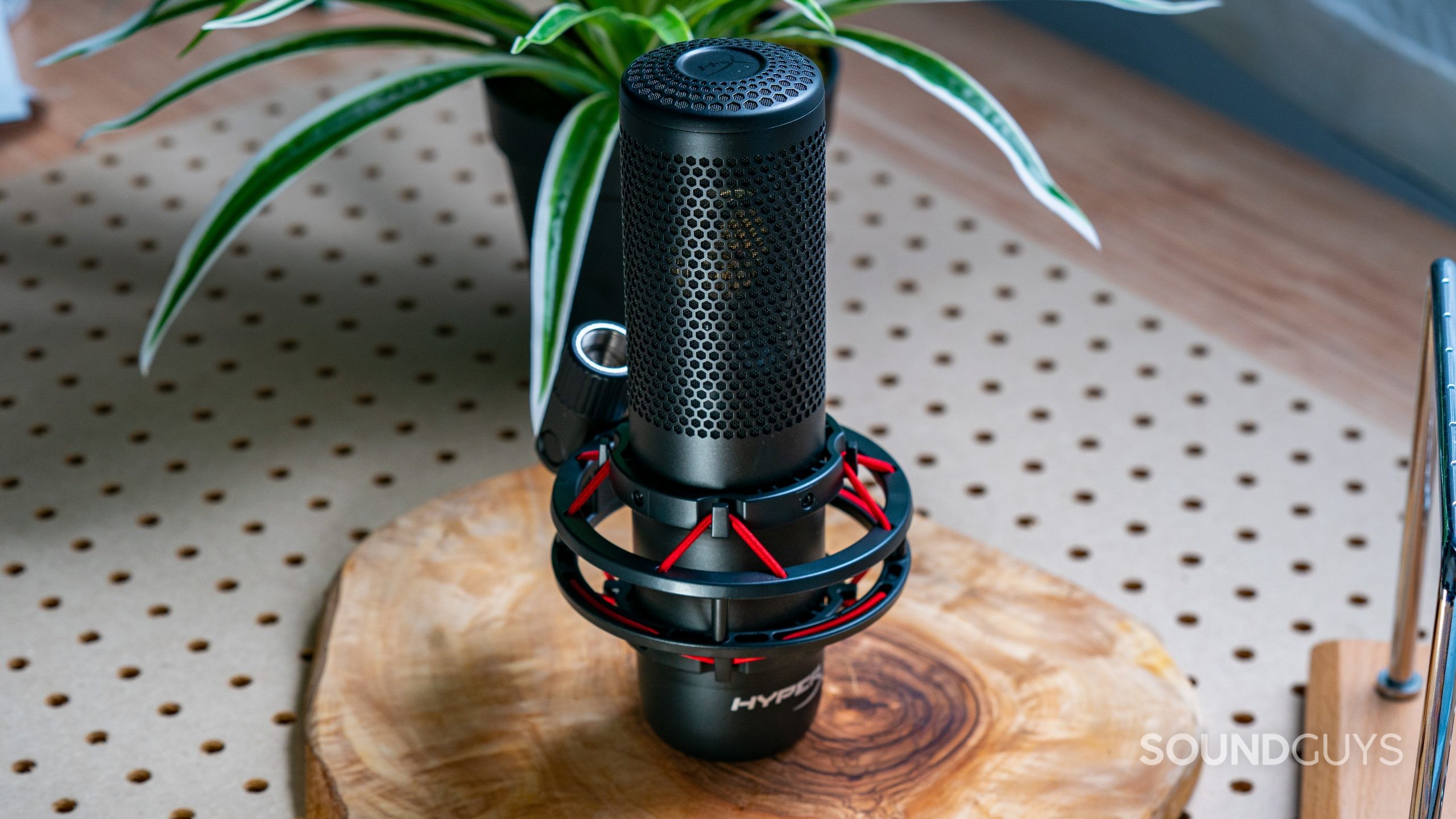
Since the HyperX ProCast is aimed at home users looking for a high quality microphone for podcasting or streaming, sound quality is the most important part to evaluate. This is a condenser microphone with only a cardioid pickup pattern. The diaphragm inside the microphone (responsible for picking up sound directed at it) is fairly large, which generally serves the quality of this microphone.
In our testing we found the microphone to be good at picking up voices. If you’re recording in a noisy environment you might be better served by a gaming headset, as this picks up keyboard clicks and conversations from a room over easily. Since the HyperX ProCast has such limited features, the quality of your recording is pretty much solely dependent on its placement and your use of a pop filter (the included metal grate is a good place to start for this).
You can listen below for a sample of how this microphone sounds, and vote in the attached poll. This sample was recorded with no additional changes to the sound, with and without the low cut switch enabled.
HyperX ProCast microphone demo:
HyperX ProCast microphone demo (with 80hz low cut):
How does the microphone sound to you?
Should you buy the HyperX ProCast?
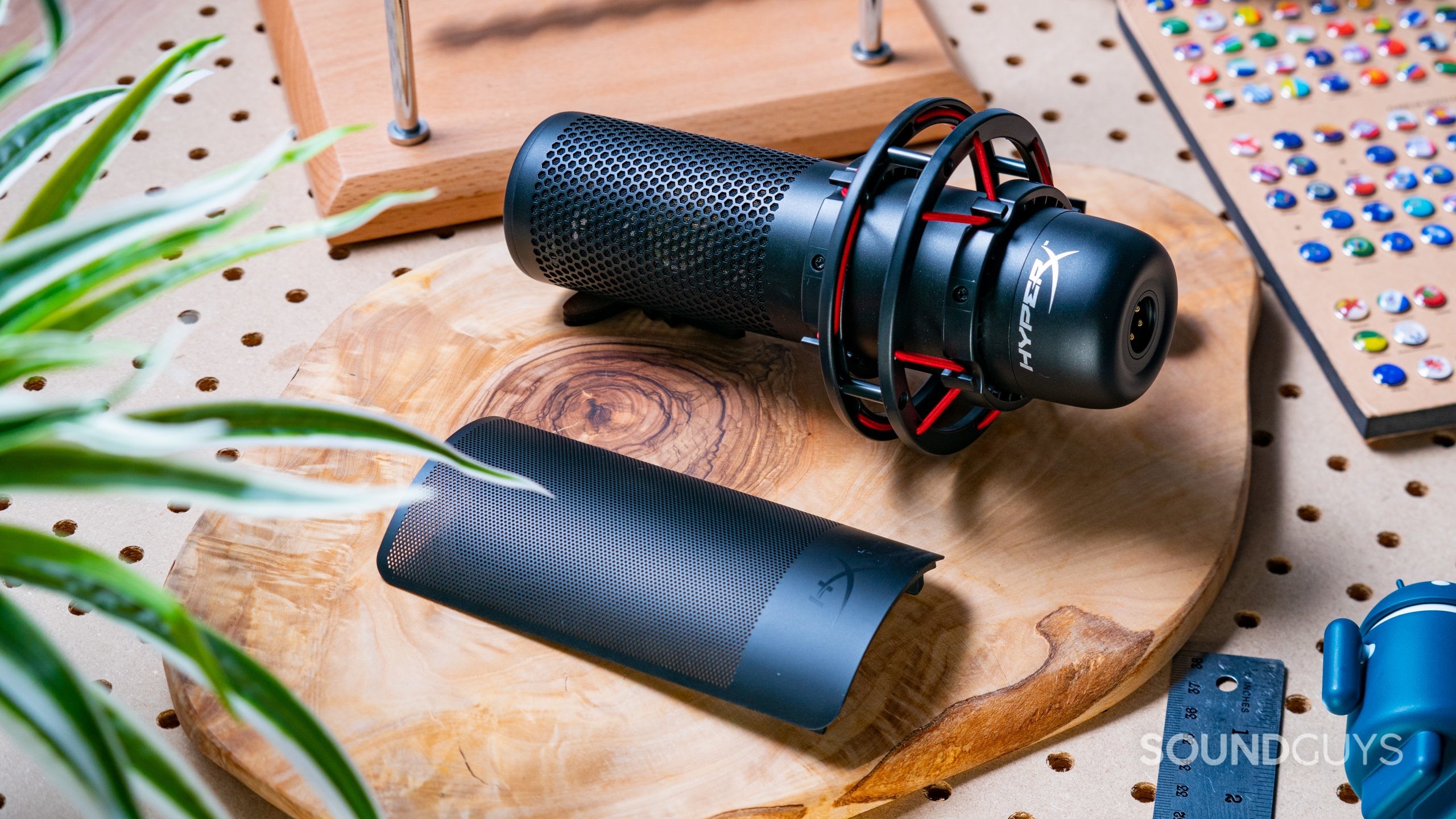
The price of this microphone makes it clear HyperX is primarily targeting the prosumer market. With that in mind, this microphone isn’t very well suited for a casual recording environment—it would benefit a lot from a treated room with minimal outside noise. It’s also important to consider that “industry standard” microphones from known pro-audio names offer a benefit that a microphone like the HyperX ProCast can’t: familiarity and consistency.
If you’ve got a decent space for it, the HyperX ProCast can be an excellent option. The sound quality and build quality are both up to the standard set by the price tag. The average prosumer user is willing to buy or already has an audio interface, microphone stand, and cable to go with it—odds are, this is much cheaper than the microphone they may otherwise be looking to buy, too. The ProCast is sparse on features, but if you know it does what you want, it’s not a bad choice. That being said if you just need a microphone for your regular voice calls or for some simpler recordings, there are better (and cheaper) options than this one.

What should you get instead of the HyperX ProCast?
Industry standard is a label that’s applied for a reason, and the Shure SM7B has been widely adopted as the pro podcast standard. It’s more expensive than the ProCast, but it has a more robust dynamic based design, a better pop filter, and is well known for its high quality sound. Large diaphragm condensers in the same price bracket as the ProCast include the Audio-Technica AT2020, and Rode NT1-A. If you’re not terribly attached to having a condenser microphone, but you still like the idea of hitting that prosumer niche, the Elgato Wave DX is only $99 USD and sounds great—you can get it bundled with the Elgato Wave XLR audio interface for around the same price as the ProCast, too.
If you’re wanting something cheaper that you can connect directly to you computer via USB, HyperX’s DuoCast is a solid option, with two different pickup patterns. Finally you might want to consider a gaming headset if you’re wanting a cheap way to get audio into your computer without breaking the bank.
Frequently asked questions
Yes, the HyperX ProCast requires an external audio interface with an XLR input and 48V phantom power in order to work.
The HyperX ProCast’s shock mount is secured to the body of the microphone using several screws, and is not intended to be removed during regular operation. The shock mount can still be used to attach the microphone to a wide range of microphone stands, and uses industry standard screw sizes in order to do so.